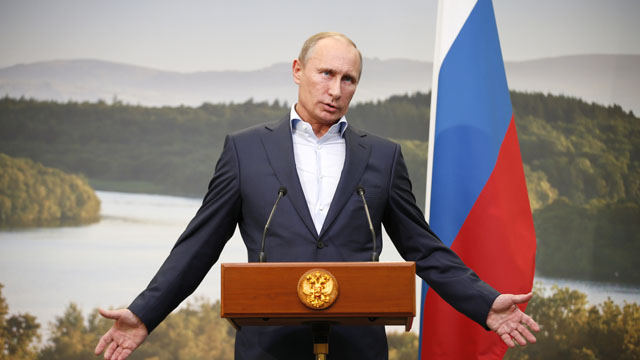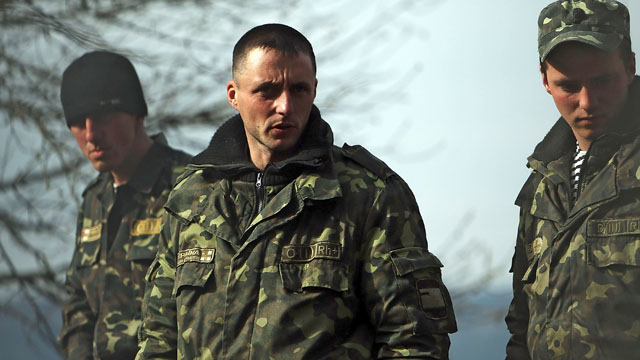
(Getty)
As Russian troops consolidate control over the newly annexed Crimean peninsula, new information has surfaced that the “anti-expansionist” Russian government is actually doing just the opposite. The Trans-Dniester region of Moldova is the next likely target for the growing Russian Federation. Here’s what you need to know.
1. Trans-Dniester is an Autonomous Region in Moldova
Trans-Dniester, aka Transnistria or Pridnestrovia, is located on a strip of land between the River Dniester and Moldova’s eastern border with Ukraine. Its capital is Tiraspol.
After the break-up of the USSR in 1991, the newly created Moldova found itself in conflict with Trans-Dniester because the latter did not want to separate from the Soviet Union. The conflict soon escalated into the War of Trans-Dniester in 1992.

(Wikipedia)
The war ended after 4 months, with Trans-Dniester declaring independence but Moldova deeming it as an autonomous region. The UN fortified Moldova’s declaration by not recognizing Trans-Dniester as separate from Moldova. Still, Trans-Dniester has its own president, parliament, military, police, postal system, and currency.
2. Russians are the Second Largest Ethnic Group in Trans-Dniester
According to statistics provided by Wikipedia:
177,785 Moldovans (32.10%) 168,678 Russians (30.35%) 160,069 Ukrainians (28.81%) 13,858 Bulgarians (2.50%) 4,096 Gagauzians (0.74%), 507 Roma (0.09%) 1,259 Jews (0.23%) 1,791 Poles (0.32%) and 27,454 others (4.94%).
3. Russia Already has a Military Presence in Trans-Dniester

(Getty)
After the War of Trans-Dniester in 1992, Russian troops were placed in Trans-Dniester to serve as peacekeepers. Over twenty years later, the troops remain despite multiple international calls for their removal.
Meanwhile, Trans-Dniester’s communist president has asked for Russia to annex the region as recently as this week. Per The Guardian:
This week, the breakaway authorities repeated their call this week for formal membership of the Russian Federation, and on the streets people were not coy about explaining why. “It would be good,” said one woman cleaning the memorial. “Our lives would be more prosperous and stable.”
Adversely, Moldova’s acting president has said that Moldova would defend the region.
4. Russia Would Have to Enter Ukraine to Invade Trans-Dniester
Because of Trans-Dniester’s location, Russian troops would have to enter Ukraine to take Trans-Dniester, which could incite a larger conflict.
Andriy Deshchytsia, Ukraine’s acting prime minister, was quoted by BBC as saying:
“The problem with [Russian President Vladimir] Putin is that he doesn’t want to talk to – not only to the Ukrainian government – but also to the Western leaders,” Mr Deshchytsia told the BBC.
5. East vs. West

(Getty)
25 years after the Cold War ended, the conflicts arising today can still be attributed to the fallen Soviet Union’s strained relations with the West.
The revolution in Kiev and the downfall of Russian-backed Ukrainian president Viktor Yanukovych was just the beginning in what is sure to be a chess-like game of superpowers, with civilians ultimately having to choose between the European Union or Russian Federation